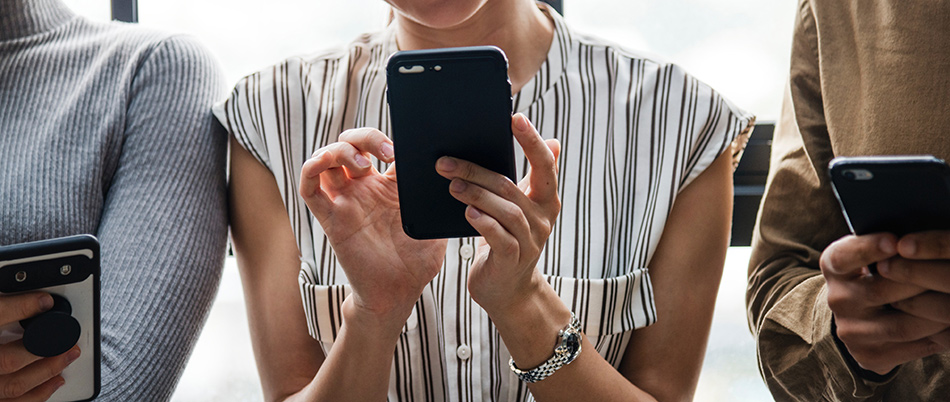What are Micro-Influencers and What Do They Mean for You?
Chances are, you’ve opened Instagram recently and have seen a celebrity promoting a product. This is influencer marketing! When influencer marketing (marketing where brands recruit celebrities or other leaders in social media to deliver their messaging) first became popular, audiences were becoming increasingly difficult to reach through traditional channels such as television, magazine and radio and becoming less trusting of traditional advertising. Only 33 percent of consumers trusted ads, whereas 90 percent of consumers trusted peer recommendations, and influencer marketing appeared to be the solution to this modern marketing problem. Marketers recruited bloggers, Youtube stars and others with large social followings to act as brand ambassadors, spread the brand’s messaging among their peers and “influence” buying decisions. The goal was to make influencers’ messages appear like product and service recommendations from friends rather than ads.
But as social media continued to commercialize, audiences caught on to marketers’ secrets: the content from influencers wasn’t earned; it was a modern form of paid advertising. The general distrust of advertising combined with the prevalence of social bots and purchased followers was the perfect combination to continue to drive down the trust brands were trying so hard to gain.
Not only was trust dropping, but surprisingly engagement was as well.
“Engagement goes down once you reach a certain threshold of followers, which is almost counterintuitive,” said Kyla Brennan, the founder and CEO of HelloSociety, an agency that connects brands with influencers for specific campaigns. “You might get eyeballs, but they won’t be eyeballs that care.”
Enter: Micro-influencers.
Once overlooked due to their small following, brands and marketers are now focusing on the high engagement and trust that micro-influencers can bring to campaigns.
What are micro-influencers?
Micro-influencers are people who have gained 1,000 to 50,000 social media followers by regularly posting niche content. Because of their smaller followings, their content reminds audiences of genuine product or service recommendations from a friend, rather than a celebrity endorsement or advertisement. Micro-influencers also are regarded as knowledgeable authorities in their niche, which builds trust among their audience seeking recommendations. According to AdWeek, their small following and authentic content help micro-influencers earn 60 percent higher engagement and 22.2 times more conversions than traditional influencers. Think of it this way: Kim Kardashian has more than 100 million followers, but only a small fraction of those followers actually buy the products she features.
How can you use micro-influencers?
Unlike traditional influencers, everybody can afford to incorporate micro-influencers in their strategy. Eighty four percent of micro-influencers charge less than $250 for each branded Instagram post, so not only do they see higher engagement and conversion rates, but they are also a cost-effective option. Depending on your brand, some micro-influencers will promote your product or service to their followers for a trade, making the partnership even more cost effective for you!
To start using micro-influencers, it is as easy as logging into Instagram. Once you identify local bloggers and individuals in your niche with a robust social media presence that you think may be a good fit for your brand, reach out to them! Another bonus of micro-influencers: they’ll create the content, post it and tag your brand. Plus, it’s all content you can repurpose for your channels.
Not sure where to start?
Give us a call and we’ll help you determine the best micro-influencers for your brand and do all the talking, strategizing and execution for you. We’ve helped various local businesses from restaurants to event venues use micro-influencers to spread their messaging and we can help you too!



